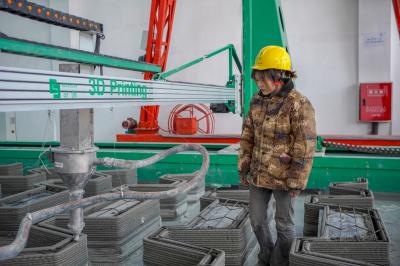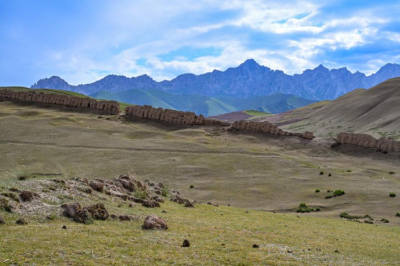Tangible results have been achieved in poverty reduction. In 2012, relevant government departments formulated the 12th Five-year Plan for Poverty Reduction Village By Village. By 2015, poverty alleviation projects covering 30,000 villages had been implemented, exceeding the target of 24,000 villages. Investment totaled 144.569 billion yuan, an average of 4.8 million yuan for each village. From 2012 to 2015, the State Development and Reform Commission appropriated 21 billion yuan from the central budget for relocation of impoverished residents, which brought about an additional more than 200 billion yuan in local government input and various other investments. About 8 million people in poverty were relocated. Training programs in practical skills focusing on planting and breeding were conducted for 9.3 million impoverished laborers who chose to stay. The government allocated various poverty reduction funds totaling 25.53 billion yuan for 17 impoverished border counties (cities) and launched 3,807 poverty reduction projects in border areas, directly benefiting 306,000 households. By the end of 2015, over 729,000 technicians had been sent to grassroots levels in rural areas, covering 90 percent of all counties (cities, districts) and helping 60 million people directly or indirectly.
Figure 4: Rural population in poverty 2012-2015 (Unit: ten thousand)
The number of people living in poverty has been greatly reduced. From 2012 to 2015, the number of people living in poverty in rural areas was reduced by 66.63 million. In 2015, the state raised the national poverty alleviation standard from the 2010 level of 2,300 yuan to 2,855 yuan following a dynamic adjustment mechanism. The standards set by some provincial regions were higher than the national standard.
Figure 5: Number of housing units starting construction in various dilapidated areas 2012-2015 (Unit: ten thousand units)
Housing conditions have been improved. In 2012, the Ministry of Housing and Urban-Rural Development issued the Measures for the Administration of Public Rental Housing. In 2014, the public rental housing system and the low-cost rental housing system merged into one. From 2012 to 2015, the state allocated 770 billion yuan to support affordable housing projects, with 29.7 million housing units starting construction and with 24.28 million units basically completed. The central government provided a subsidy of 127.1 billion yuan for redevelopment of dilapidated buildings in rural areas nationwide, with 15.24 million housing units redeveloped, exceeding the planned target by more than 200 percent.
(3) Right to social security
The social security system has been further improved. The Ministry of Human Resources and Social Security issued regulations including the Provisions on the Administration of Declaration and Payment of Social Insurance Premiums and the Administrative Measure for Assessing the Work Capacity of Employees Sustaining Work-Related Injuries. In 2014, the old-age insurance system for urban residents and the new rural old-age insurance system were unified and implemented, creating a unified national basic old-age insurance system for both urban and rural residents. By the end of 2015, the number of people underwriting the old-age insurance had reached 858 million, including 505 million for the basic old-age insurance and 353 million for the urban employees' basic pension insurance, exceeding the planned target. 31 provinces (autonomous regions and municipalities directly under the central government) established unified planning for employees' basic pension insurance system. Enterprise retirees' basic pensions increased by about 10 percent annually for 5 consecutive years and the per capita monthly basic pension increased to more than 2,240 yuan in 2015 from 1,362 yuan in 2010. |
- Home
- News |Tibet |Exclusive |China |World |Related News |Latest
- Documents |White Papers |Others
- Photo |Politics |Economy & Society |Culture & Religion |Human & Nature |Beautiful Tibet |Other Tibetan-Inhabited Area |Exchanges |Related
- Video |News |Documentary |Micro-Video |Entertainment
- Art
- Tourism
- In Focus
- About Tibet






